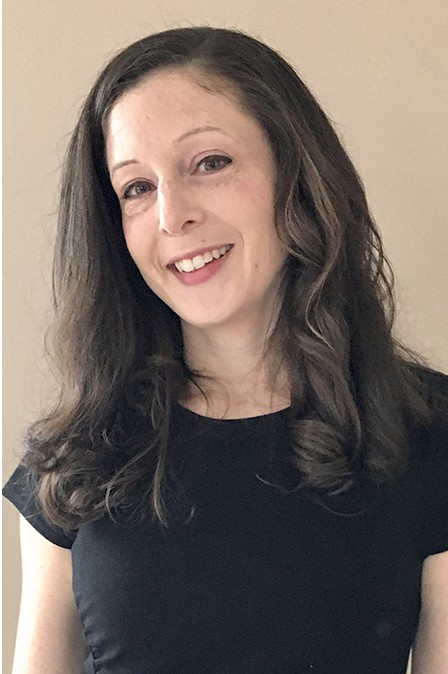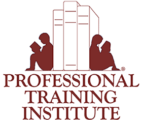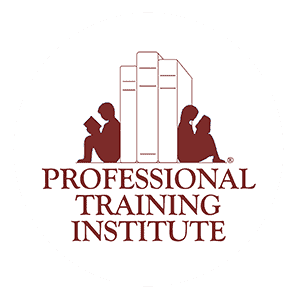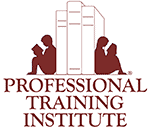PTI Teacher Profile: Emily Maloney

Courses taken through PTI:
- Orton-Gillingham Associate level coursework
- Orton-Gillingham Associate practicum
- Orton-Gillingham Certified level coursework (currently completing Practicum)
Tell us about you. What are your current teaching roles?
I am a speech-language pathologist and work as a Visiting Assistant Professor in the Communication Sciences and Disorders Department at Worcester State University. I teach both undergraduate and graduate courses, including a Reading and Writing Disorders class for students earning their Master’s in Speech-Language Pathology. I also work part-time providing speech and language services to students in the Hope Graham Program at Bancroft School in Worcester.
In what ways has your Orton-Gillingham training enhanced your teaching?
While I have always worked with students to promote the development of oral language skills that support reading, I now have the skill set to provide services that directly target reading development. Many of the children on my caseload receive O-G tutoring with other teachers in addition to working with me on speech and language skills; my O-G training allows me to incorporate targeted O-G skills into my sessions. In addition, my O-G training has allowed me to expand my private practice to include providing reading instruction to children with dyslexia.
My O-G training has provided me with a wonderful community of colleagues who share similar interests and values. Every student I work with provides a new chance to learn, and sometimes I find myself looking for some guidance. I am so grateful for the opportunity to pose a question to other members of my cohorts or to one of the training Fellows. My practice has certainly been enhanced by connecting with colleagues and learning from other teachers.
How do you implement what you have learned into your higher education teaching?
Several of the courses I teach at WSU focus on children with language and reading disabilities. My O-G coursework and practicum have provided me with extensive knowledge and experience that I have incorporated into my courses. For example, in my Reading and Writing Disorders course, we study the principles of multisensory, structured literacy instruction for children with dyslexia. We also explore a variety of writing samples from students with dyslexia from my own work or work that my colleagues have shared with me. I also assign readings and videos that were assigned when I was in my training. There were so many wonderful resources; it’s been hard to choose what to include!
Do you have any advice for teachers considering undergoing O-G training?
I would recommend O-G training to all teachers and speech-language pathologists working with children. O-G training provides trainees with a solid understanding of reading disabilities, as well the knowledge and skill set to provide evidence-based reading instruction. The principles of O-G can be applied to many aspects of teaching across age ranges. My favorite principle of O-G instruction is that teaching should be emotionally sound. So many students with dyslexia have had negative experiences learning to read; O-G training prepares teachers to provide instruction so students can build confidence and experience success.
What is your favorite teacher resource?
I love Speech to Print: Language Essentials for Teachers by Louisa Moats. It provides a thorough, but reader-friendly description of the systems of language and the language-literacy connection. The accompanying workbook is great, too; it includes practical exercises for teachers to engage with the material from the book. The workbook has exercises that allow teachers opportunities to practice skills, such as counting phonemes and identifying parts of speech. It also offers implications on how this knowledge can guide instruction with students.
Another resource I love is Expert Perspectives on Interventions for Reading: A Collection of Best-Practice Articles from the International Dyslexia Association. This book includes articles on a range of instructional practices that are supported by research. I find myself returning to this resource often as I plan sessions with my students.
Tell us a fun fact about you!
I provide O-G instruction to students in my backyard treehouse. We have heat and electricity, so it even works in the winter. My younger students can exit the treehouse when their session is over by sliding down the slide!









